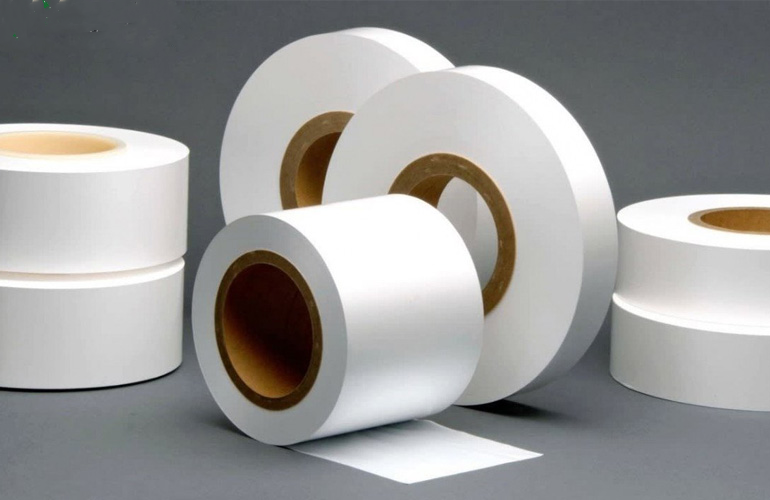

Material: High purity PP material
Coating: Different specifications
Thickness:
Width:
ProductionProcess:
Features Required for a Lithium-Ion Battery Separator
Chemical Stability
In general terms, Lithium-Ion Battery Separators material should always be chemically stable against the specified electrolyte and electrode materials as well as under strongly reactive environments whenever the battery is in fully charged mode.
Porosity & Pore Size
Generally, the porosity of a Lithium-Ion Battery Separator is around 40 percent. However, if the porosity is larger, it can be quite difficult to close the pores during a battery shutdown event. Since pores are needed to contain the electrolyte and enable ion movement between the electrodes, these pores should always be uniformly distributed and must have a tortuous structure, thus ensuring uniform current distribution throughout the Lithium-Ion Battery Separators while suppressing the growth of Li on the anode.
Thermal stability and shutdown
These separators thermally need to be stable under normal operating temperatures and able to shut down at a temperature slightly lower than the temperature where thermal runaway occurs.
